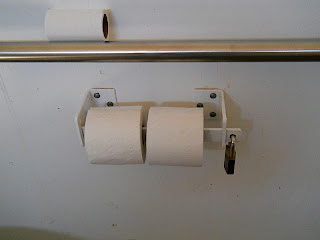 Alaska is our biggest state. If you don't believe that, just try getting around in it. I lived in Alaska for eight years and, fortunately, had a job which allowed me to see the state while working. I still never saw as much of it as I wanted. I do remember that within a few short months of my arrival in Anchorage in 1971, I'd managed to drive all the state's major highways, from Fairbanks to Homer via Anchorage, and from Anchorage to the border with Canada's Yukon Territory. I also logged thousands of miles in the air. Flying was something you had to do if you wanted to get into the remote parts of the state, such as Nome, Kotzebue or Barrow.
Alaska is our biggest state. If you don't believe that, just try getting around in it. I lived in Alaska for eight years and, fortunately, had a job which allowed me to see the state while working. I still never saw as much of it as I wanted. I do remember that within a few short months of my arrival in Anchorage in 1971, I'd managed to drive all the state's major highways, from Fairbanks to Homer via Anchorage, and from Anchorage to the border with Canada's Yukon Territory. I also logged thousands of miles in the air. Flying was something you had to do if you wanted to get into the remote parts of the state, such as Nome, Kotzebue or Barrow.Alaska Travel Planning Guide is written by Judy Shuler, who I worked with when we were both reporters at the now defunct Anchorage Times back in the 1970s. While I moved back to the Lower 48, she moved from Anchorage to Juneau where she started a successful tour business, Alaska Up Close, which involved planning detailed, personalized itineraries for Alaska visitors. The book is a summary of things she learned during her 18 years as an Alaska travel planner. I wished I had this guide when I lived there, as I learned quite a bit about my adopted state.
Judy's guide is available as an ebook at the Amazon Kindle Store. The guide contains a wealth of information and will pay for its $2.99 price many times over.
I've reviewed the book in more detail in this article.

